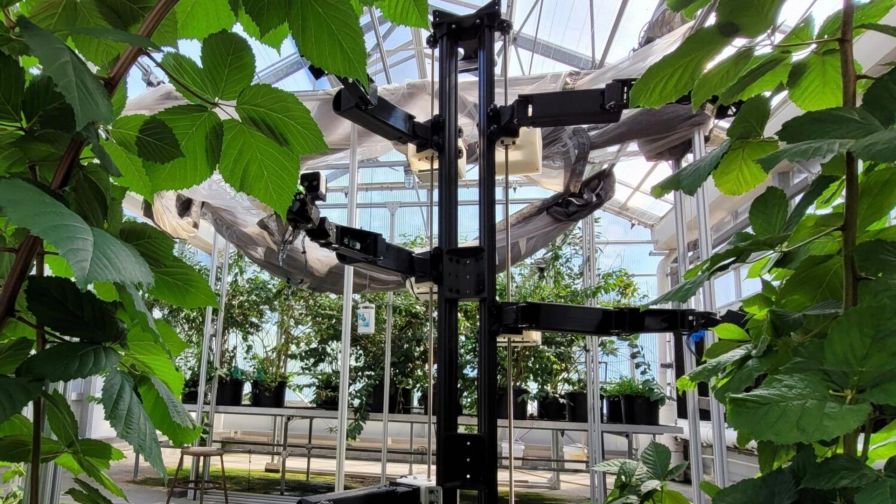Grower Margin Erosion: What Causes It, and What You Can Do About It
Whether it’s soil in a field or gross margin dollars in your business, erosion causes serious harm.
For greenhouses growers with many SKUs with lots of different raw materials and different customer types, there are many sources of margin erosion, all of which can silently but significantly impact a grower’s profitability. And many times, the impact of margin erosion isn’t clearly seen at the end of the season when little can be done to recover, while the real root cause is hard to identify.
It is important that growers understand key sources of margin erosion and adjust their operational and data habits to provide visibility and metrics that can help identify problems before the situation becomes serious.
A recent blog post from Advanced Grower Solutions outlines five common areas of margin erosion for growers.
Lack Of Cohesive Plan And Strategy
Confusion about goals, objectives, or direction results in your team leads to relying on their own interpretation or own perspective of what is supposed to be done. So, what gets done may not be the desired thing that drives you toward the real goal or objective of the business.
If your employees are going in different directions this will cost you more, and result in plan and revenue misses. Whether it’s caused by not ordering or planting a new crop on time because some of the employees didn’t know about the plan change, or not fulfilling a new customer’s request, these “lack of cohesive” plan or strategy issues waste (or lose) money and opportunities.
Usually in the lack of a clear plan, we default to doing the same thing you did last year regardless of results. We all default to the familiar. Doing what you did last year may not be as profitable this year.
Lack Of Pricing Updates
We have been through a few years of unprecedented cost increases in all areas of our operations. As costs increase, prices must also increase or you are losing margin.
For a grower that has 45% of their overall plant costs in raw materials, every 5% increase in raw materials costs that is not passed on in price increases reduces your gross margin by 133 basis points. For a $2M gross revenue grower, that is a loss of almost $27K of gross margin dollars for every 5% raw material increase you do not add to price increases.
Costing analysis and pricing updates should be part of your yearly planning updates to protect against cost-based margin erosion.
Manual Data Processes
Generating key reports, or updating data used to build forecasts, metrics or profitability analysis can be very manual. Different software systems, different data formats, and the conversions and re-formatting necessary can cause employees to spend a lot of time doing very manual actions just to get data in a condition to tell you some answer you need. And usually those employees are your higher level, higher compensated employees whose real value is doing other tasks in the business.
Data process automation frees employee time, improves error propagation, and allows employees to focus on the real needs and issues and what the data is really telling them instead of spending so much time and effort putting the data story together.
Scrap/Cull/Dump/Yield Problems
Scrap (or whatever you call it at your operation) is a loss of potential revenue no matter what. Scrap means that a grower puts money into raw materials and labor and overhead to create a plant that can’t be sold. So, the raw materials and labor dollars you spent for those items that are scrapped or culled are just lost.
Scrap could be due to many reasons such as watering or maintenance issues, diseases, bugs, incorrect availability numbers and many more.
Growers who do not track their scrap/cull % and the reasons for it eliminate a key feedback loop that can help solve those problems over time.
Labor Inefficiencies
Growers’ largest cost is typically labor. When labor hours are wasted, a grower’s margin is eroded. Inefficient labor has the impact of adding cost dollars to each unit you produce.
How do you know if your labor is performing inefficiently? You need to measure key labor metrics in your operation and compare those over time. Key labor metrics are units per person-hour or labor $ per unit and similar.
Tracking your key labor metrics over time and reviewing them periodically as part of your normal management discussions and meetings help provide awareness of issues and elicit improvements.
Continue reading at AdvancedGrowerSolutions.com.











